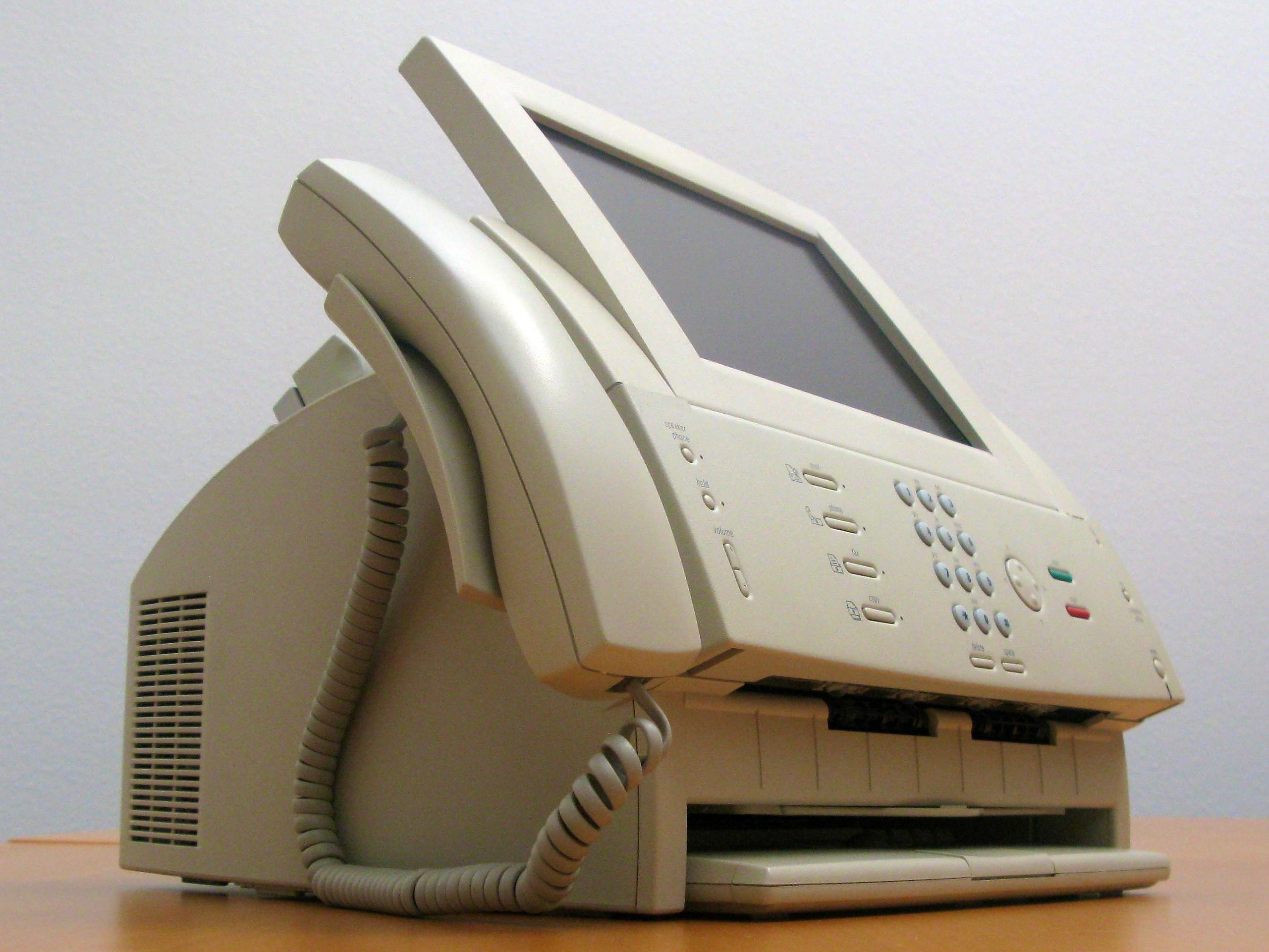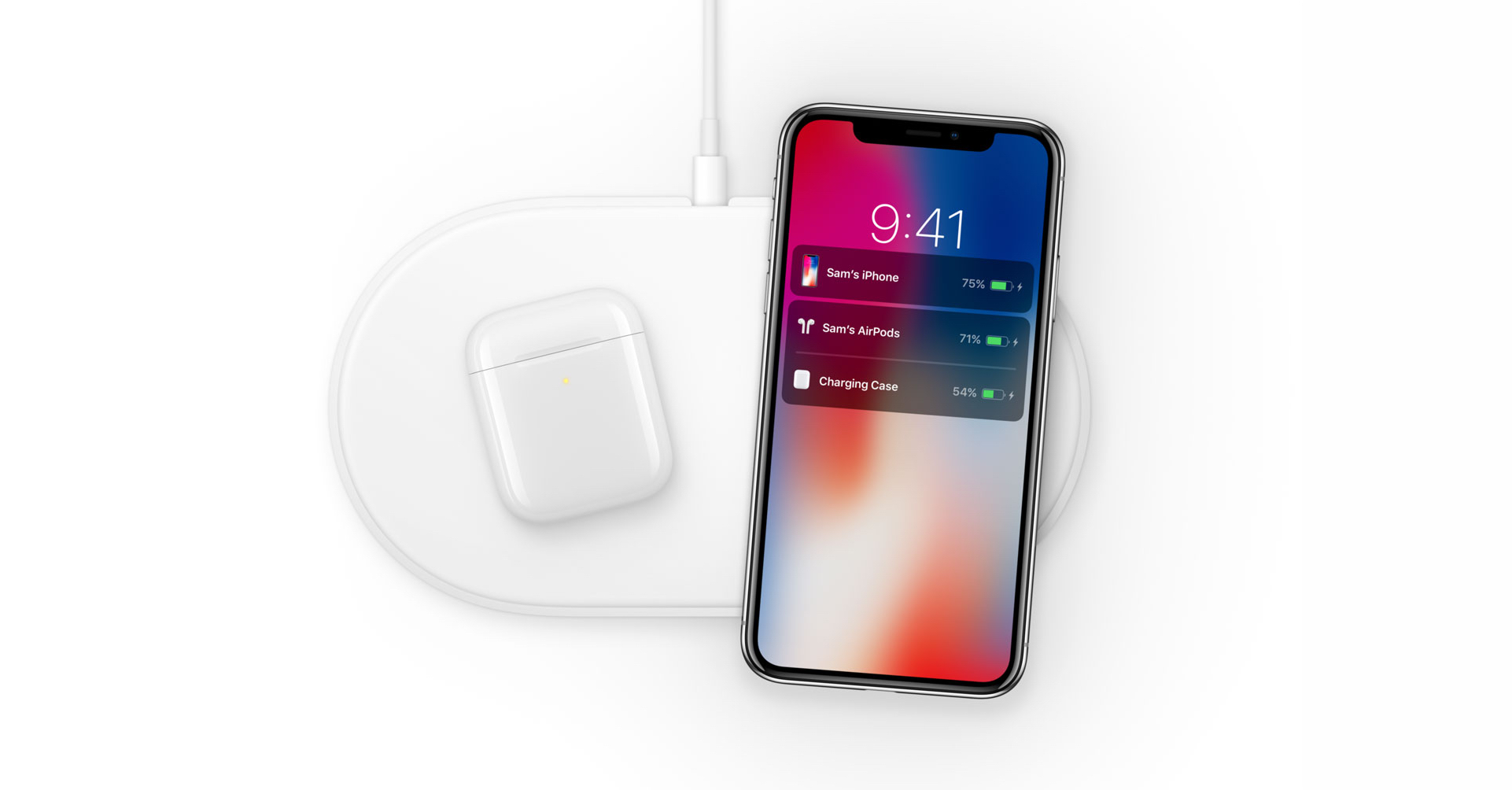5 mẫu thiết kế Apple thú vị mà chưa bao giờ được phát hành #Apple #sựkiệnngàyhômnnay
1. iPhone với kiểm soát “iPod”
Apple đã tiến hành một hướng khác trong quá trình phát triển chiếc iPhone đầu tiên. Trước khi thế giới nhận được màn hình cảm ứng biểu tượng mà chúng ta biết ngày nay, các kỹ sư tại Cupertino đã làm việc trên một mẫu thử với bánh xe lăn. Mô hình thử nghiệm này, với chi tiết đã được hé lộ nhờ vào blogger Sonny Dickinson, có sứ mạng chứng minh rằng công nghệ cảm ứng đa điểm có tương lai. Máy có vẻ ngoài giống như một chiếc iPhone cổ điển ban đầu, nhưng điều khiển của nó hoàn toàn khác. Một bánh xe ảo ở dưới màn hình phục vụ làm điều khiển chính, và phần còn lại của màn hình hiển thị một giao diện đơn giản tương tự như iPod của thời điểm đó. Hệ điều hành, được mã hóa với tên Acorn OS, khác biệt đáng kể so với iOS ngày nay. Mặc dù mẫu thử này đại diện cho một chương mới ly thú trong lịch sử của Apple, công ty cuối cùng đã chọn điều khiển cảm ứng và truy cập đầy đủ vào Internet hơn. Quyết định này đã chứng minh là yếu tố chính trong sự thành công của iPhone và đã thay đổi cơ bản diện mạo của công nghệ di động.
2. Paladin
Paladin của Apple vào năm 1995 là sự nỗ lực tham vọng của công ty để gia nhập thế giới của viễn thông cá nhân. Mẫu thử chưa từng được phát hành này, không bao giờ được đưa ra thị trường, đại diện cho một tầm nhìn tương lai về một thiết bị đa năng. Paladin, kết hợp một máy tính Mac mạnh mẽ với máy fax, máy quét và điện thoại, ban đầu đã có tham vọng trở thành trung tâm truyền thông số. Thiết kế của nó bao gồm một bàn phím có thể rút ra để nhập liệu thoải mái, một quả lăn để kiểm soát con trỏ chính xác, và một ống điện thoại dành cho cuộc gọi thoại. Tuy nhiên, như thường lệ với công nghệ thế hệ đầu, Paladin đã có những lợi và rủi ro. Một trong những vấn đề quan trọng nhất là ống điện thoại thường rơi ra khỏi bộ giữ, làm giảm đáng kể sự thoải mái của người dùng. Mặc dù Paladin không phải là một thành công thương mại, nó vẫn đại diện cho một cột mốc đáng chú ý trong lịch sử của công ty Apple và cho thấy cách mà công ty đã cố xác định tương lai của truyền thông cá nhân ngay từ những năm 90.
3. MacBook Pro với ăng ten MagSafe 3G
Carl Frega từ Bắc Carolina đã phát hiện tình cờ nhưng quan trọng khi mua một chiếc MacBook Pro đã qua sử dụng. Thay vì một chiếc laptop thông thường, anh đã có trong tay một mẫu thử độc đáo được trang bị ăng ten 3G. Ấn tượng hơn, ăng ten này được kết nối với thiết bị theo một cách không thông thường – bằng cách sử dụng một cáp MagSafe từ tính, thường dùng để cấp nguồn cho MacBook. Hơn nữa, mẫu thử này còn được trang bị khe cắm thẻ SIM, cho thấy rằng Apple tại thời điểm đó đang thử nghiệm tích hợp mạng di động vào máy tính của mình. Thú vị là mẫu thử này được tạo ra ngay trước sự ra mắt cách mạng của chiếc iPhone đầu tiên, điều này cho thấy rằng Apple đã thậm chí từ thời đó đang khám phá các khả năng kết nối không dây của các thiết bị của mình.
4. Magic Charger
Magic Charger của Apple là một trong số nhiều mẫu thử không bao giờ được phân phối chính thức. Chiếc đế sạc thanh lịch này sử dụng công nghệ MagSafe được làm từ nhôm tinh khiết và có một đĩa từ tích hợp linh hoạt để giữ chắc iPhone. Một cáp USB-C dệt kim loại cũng được bao gồm trong gói, ngụ ý rằng Apple đã thử nghiệm với các kết nối hiện đại hơn vào thời điểm đó. Mặc dù công ty Apple không bao giờ xác nhận sự tồn tại của sản phẩm này, một số bộ sưu tập duy nhất đã tìm đường vào tay những người sưu tầm nhiệt tình đã khám phá thiết kế thanh lịch và công nghệ tiên tiến của nó. Về hình thái và chức năng, Magic Charger tương tự nhất với bộ sạc MagSafe Duo được phát hành sau đó, điều này cho thấy rằng một số ý tưởng và công nghệ được sử dụng trong mẫu thử đã được triển khai trong các sản phẩm chính thức.
5. AirPower
Dự án nhiệm vụ của Apple, AirPower, giới thiệu vào năm 2017, không may chỉ là một giấc mơ. Chiếc thả tản nhiệt không dây này được thiết kế để cách mạng hóa cách chúng ta sạc thiết bị Apple của chúng ta. Nó hứa hẹn sạc không dây đồng thời cho iPhone, Apple Watch và hộp tai nghe AirPods, hoàn toàn không quan trọng vị trí của chúng trên thả tản nhiệt. Tuy nhiên, công nghệ Qi dự kiến sẽ là cơ sở của AirPower không đủ để đáp ứng những mục tiêu tham vọng này. Apple đã gặp vấn đề trong việc đảm bảo việc sạc ổn định và hiệu quả của nhiều thiết bị cùng một lúc, chủ yếu do vấn đề nhiệt độ và sự nhiễu giữa các cuộn sạc cá nhân. Mặc dù đã cố gắng rất nhiều, những vấn đề này không thể giải quyết để đáp ứng các tiêu chuẩn cao của công ty. Kết quả, dự án AirPower đã chính thức bị hủy vào năm 2019, làm đau lòng người hâm mộ. Mặc dù đây là một bước đi táo bạo nhưng không thành công, AirPower vẫn là một lời nhắc nhở về cách mà Apple liên tục tìm kiếm cách mới để cải thiện trải nghiệm người dùng.
iPhone with “iPod” control
Apple took a different route during the development of the first iPhone. Before the world got the iconic touch screen we know today, engineers in Cupertino were working on a prototype with a click wheel. This experimental model, the details of which have come to light thanks to blogger Sonny Dickinson https://sonnydickson.com/2017/01/06/the-ipod-based-interface-that-lost-out-to-ios-for-the -iphone/ , had the ambition to prove that multitouch technology has a future. The device looked like a classic iPhone at first glance, but its controls were completely different. A virtual wheel at the bottom of the display served as the main control, and the rest of the screen displayed a simple interface similar to the iPod of the time. The operating system, codenamed Acorn OS, was significantly different from today’s iOS. Although this prototype represents a fascinating chapter in Apple’s history, the company ultimately opted for more intuitive touch controls and full Internet access. This decision proved to be key to the success of the iPhone and fundamentally changed the face of mobile technology.
Paladin
Apple 1995’s Paladin was the company’s ambitious attempt to break into the world of personal communications. This unreleased prototype, which never made it to market, represented a futuristic vision of an all-in-one device. Paladin, which combined a powerful Mac computer with fax, scanner and telephone, originally had ambitions to become a center of digital communication. Its design included a retractable keyboard for comfortable typing, a trackball for precise cursor control, and a telephone handset for voice calls. However, as is often the case with first generation technologies, the Paladin had its ups and downs. One of the most significant problems was the telephone handset constantly falling out of the holder, which significantly reduced user comfort. Although Paladin was not a commercial success, it nevertheless represents an interesting milestone in the company’s history Apple and shows how the company tried to define the future of personal communication already in the 90s.

MacBook Pro with MagSafe 3G antenna
Carl Frega from North Carolina made an accidental but significant discovery while shopping for a used MacBook Pro. Instead of an ordinary laptop, he got his hands on a unique prototype that was equipped with a 3G antenna. This antenna was connected to the device in an unconventional way – using a magnetic MagSafe connector, which was common for powering MacBooks. Furthermore, the prototype was fitted with a SIM card slot, which suggests that Apple at the time he was experimenting with integrating mobile networks into his computers. It is interesting that this prototype was created even before the revolutionary launch of the first iPhone, which indicates that Apple even then he was exploring the possibilities of wireless connection of his devices. Frega decided to offer his find for sale on eBay, but his plans were thwarted by the company itself Apple, which showed considerable interest in the prototype and requested its return. This incident shows us that even a seemingly ordinary purchase of used electronic equipment can sometimes lead to the discovery of truly unique and historically significant artifacts.
Magic Charger
Apple The Magic Charger is one of many prototypes that never made it into official distribution. This elegant charging stand using MagSafe technology was made of pure aluminum and featured a flexible magnetic disc to hold the iPhone securely. A braided USB-C cable was also included in the package, suggesting that Apple he was already experimenting with more modern connectors at that time. Although the company Apple never confirmed the existence of this product, several unique pieces found their way into the hands of enthusiastic collectors who discovered its elegant design and advanced technology. In its appearance and functionality, the Magic Charger is most similar to the later released MagSafe Duo charger, which indicates that some of the ideas and technologies used in the prototype have been implemented in official products.
AirPower
An ambitious project Apple AirPower, introduced in 2017, unfortunately remained only a dream. This wireless charging pad was supposed to revolutionize the way we charge ours Apple device. It promised simultaneous wireless charging of the iPhone, Apple Watch and AirPods cases, completely regardless of their placement on the pad. However, the Qi technology that was supposed to be the basis of AirPower was not enough to meet these ambitious goals. Apple faced problems in ensuring stable and efficient charging of multiple devices at the same time, mainly due to thermal issues and interference between individual charging coils. Despite great efforts, these issues could not be resolved to meet the company’s high standards. As a result, the AirPower project was officially canceled in 2019, much to the disappointment of fans. Although it was a bold move that unfortunately didn’t pan out, AirPower remains a reminder of how Apple is constantly looking for new ways to improve the user experience.
[ad_2]


